If you are new to pike fishing, I suggest you start with a simple Pike Float Fishing Setup. It is a simple but effective way of catching Pike and you do not need a huge amount of tackle.
You will need a rod of around 2 3/4lb test curve with a carp size reel with either 18lb Monofilament or 40lb braid. If you use a braid, you need to tie around twenty feet of 20lb line, preferably fluorocarbon. I use a surgeon’s knot to tie the two together and have never had an issue. There are several knots you can use so it could be worth experimenting.
For the rig you will need the following tackle:
In-line pike float
There are many floats on the market but I believe the best starting point is a simple inline or sliding pike float. Several companies make them but I tend to use ones that I have handmade. They do the job just as well.
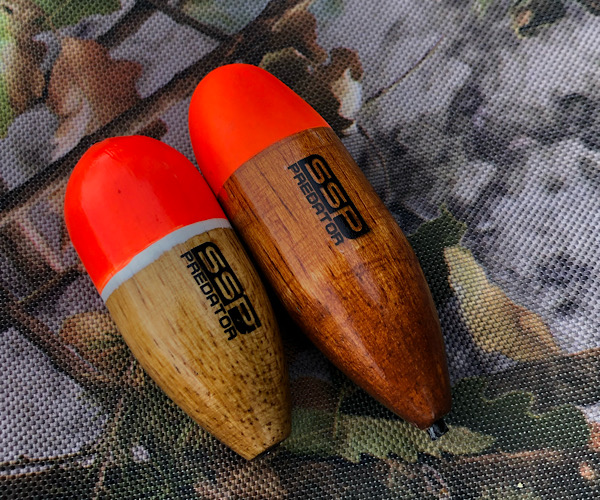
Beads & Float Stops
Medium float stops. These are an absolute must if fishing with sliding floats. They allow you to put a tight small rubber stopper on the line in seconds. Before these were invented we would have tied a special sliding knot using mono or power gum.
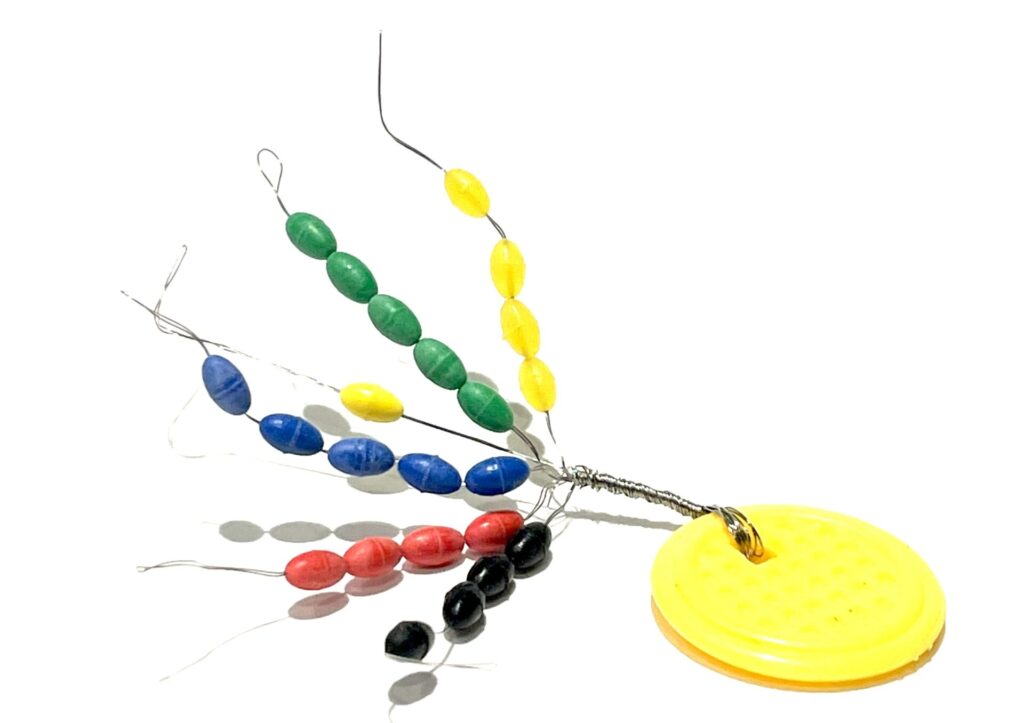
beads
4-6mm beads (preferably orange) will stop the float from sliding above the stoppers. 4-6mm rubber beads act as a small shock absorber for the weight when casting.
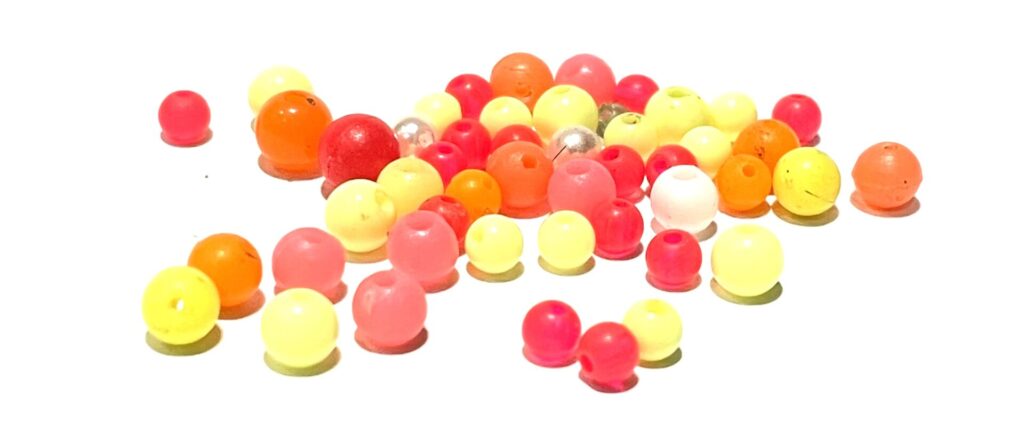
weights
Bullet and oval weights are ideal and will help you be able to find the correct depth to set your float. Unlike regular float fishing, the float does not need to sit up low in the water. It should sit at a 45-degree angle or lay on its side and is used to anchor the bait. Once a fish takes the bait and moves off, the float will completely cock and move away.
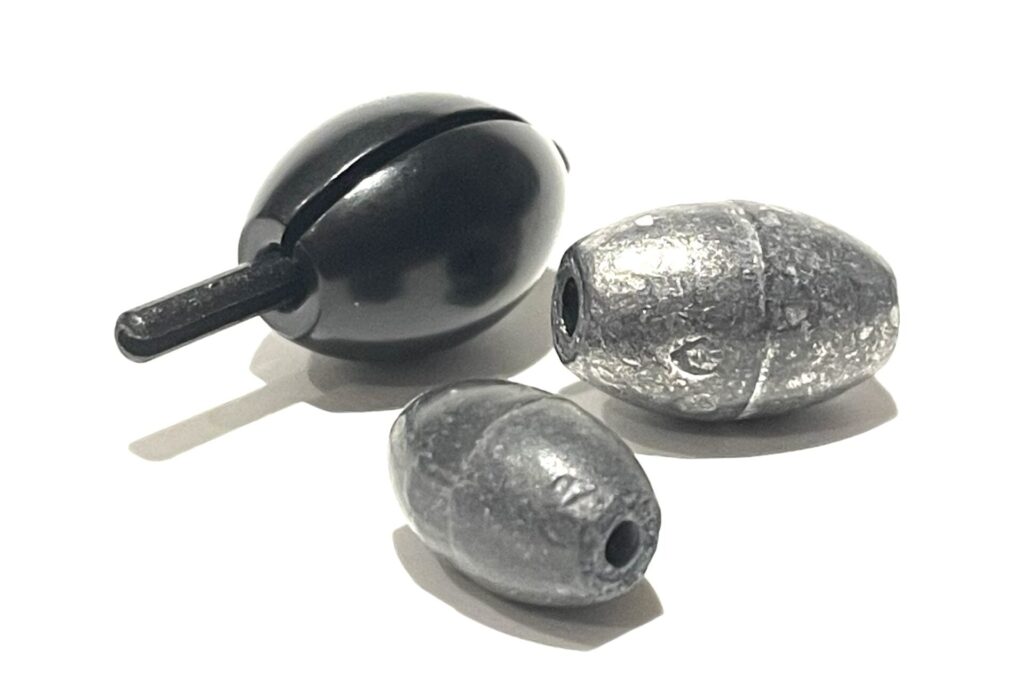
There are several good types on the market. The ones I carry with me are Fox Rage Quick Change and inline olive weights I picked up in the States. I would suggest carrying a few sizes in case the wind picks up and you need a bigger anchor.
Pike Trace
Your choice of pike trace will depend on what size and bait you want to use. As a guide, I would start off using a twin treble hook snap tackle with size 4 semi-barbless hooks.
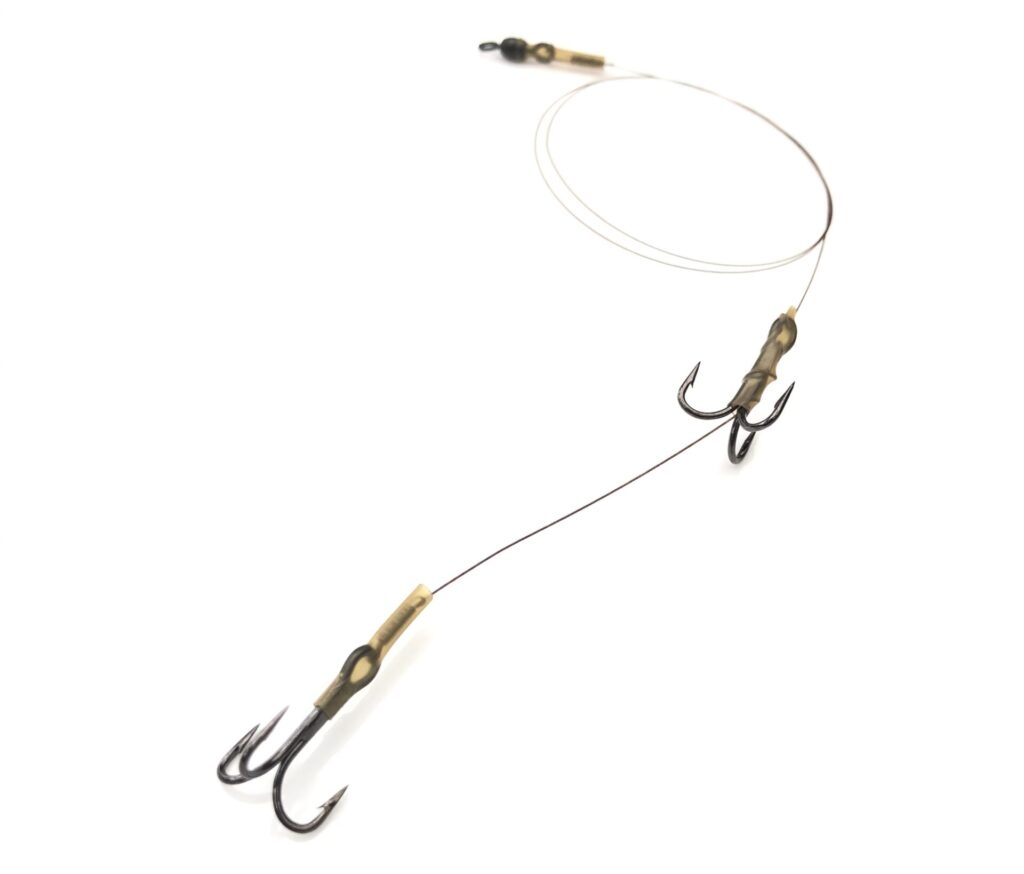
Quick change swivel
Most good pike anglers will tie a quick change link swivel to the end of their rig. Your trace wire is clipped onto the link while fishing. When you get a fish in the net you should aim to safely unclip the trace so you can get your rod entirely out of harm’s way.
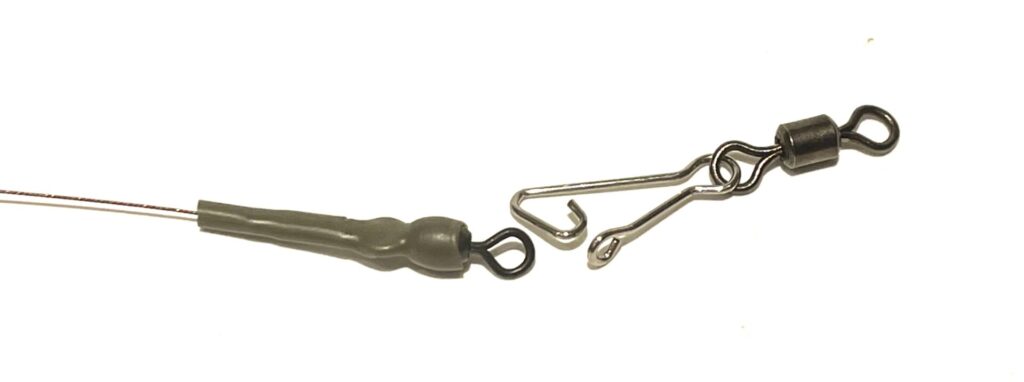
Assembling the rig
Step 1
Feed on two rubber float stops onto the line. I use a medium size stop so they do not slip up the line. Then slide the rubber stops a few feet up the line.
Step 2
Feed a bright coloured bead onto the line followed by the pike float. Once in the water, the float will slide up the line until it hits the stopper.
step 3
Slide the weight onto the line followed by the rubber bead. Tie on your quick link swivel and clip your trace onto the link. Your finished rig should look like this.
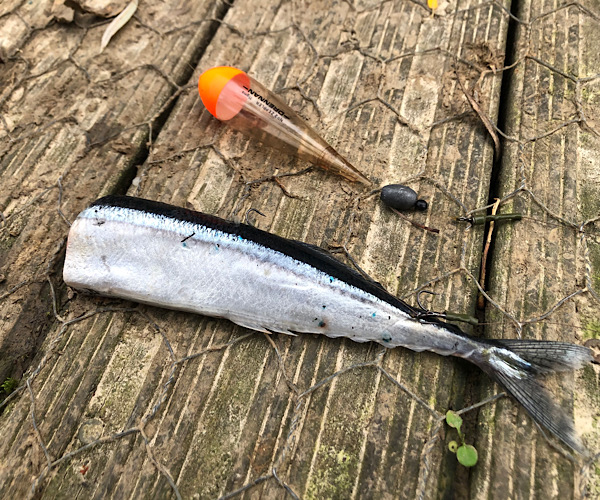
To find the depth of your swim simply keep sliding the top rubber stop up the line until the float cocks. When you reach this point you know that the whole trace is laying on the bottom. Just to reiterate you need to have the float laying at a 45-degree angle or just laying flat. When you get a run the float will cock and start to move. Make sure you strike early to avoid deep-hooked fish.
This is the simplest pike float fishing setup and is ideal for beginners through to seasoned professionals.

